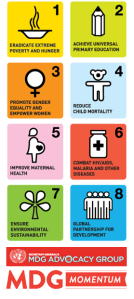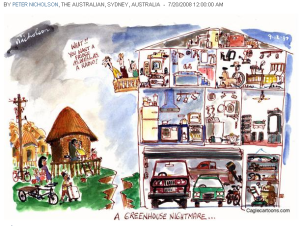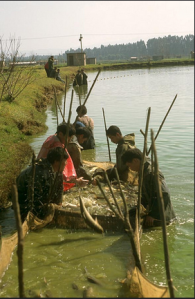We are nearing the last year of a fifteen year program, the Millenium Development Goals. In the year 2000, eight goals including the alleviation of poverty, education for all children until year 6 and the eradication of HIV AIDS and malaria were agreed to by 192 member nations of the United Nations.
The latest report examines the progress towards achieving the MDGs. It can only be said that the MDGs have made a profound difference in people’s lives. Global poverty was halved by 2010. It is believed poverty can be eradicated within the next generation. Ninety per cent of children in developing regions now enjoy primary education, and enrolment of girls has increased. Remarkable gains have also been made in the fight against malaria and tuberculosis, along with improvements in all health indicators. The likelihood of a child dying before age five has been nearly cut in half over the last two decades. We also met the target of halving the proportion of people who lack access to improved sources of water, although that is not uniform across the globe.
A new agenda has been formed resulting from the outcomes of the UN MDGs and looking forward to the needs of the people of this planet over the next fifteen years. A blueprint, The Road to Dignity by 2030:
Ending Poverty, Transforming All Lives and Protecting the Planet, indicates that the international community has come a long way in its deliberation on the new development agenda.






